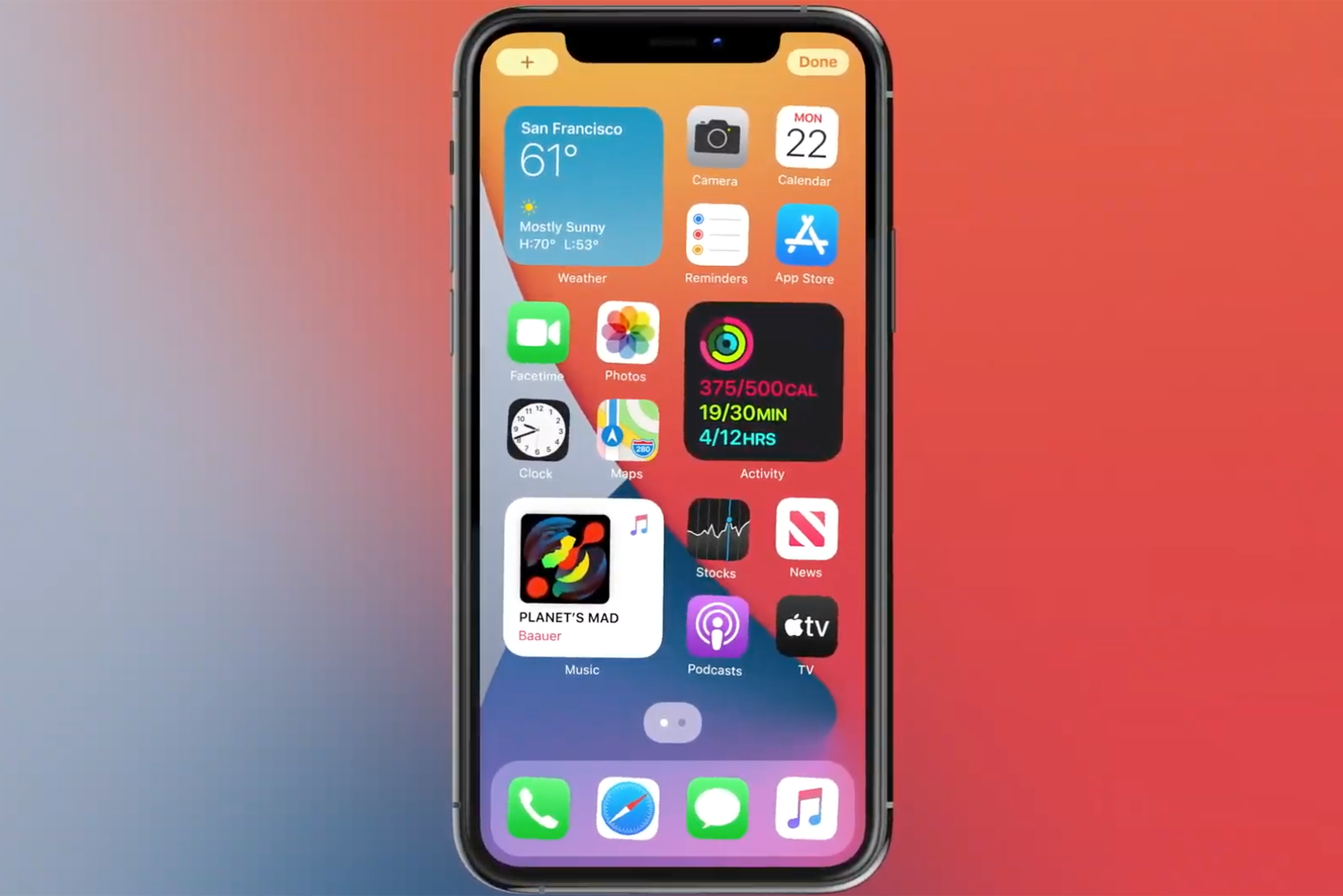Apple has announced sweeping changes coming to iOS 14, including the introduction of home screen customisations. The move will see the iPhone evolve beyond that grid of icons that was first shown off on the original iPhone by Steve Jobs in 2007 - and has remained ever since.
Yes, the iPhone has let you change the wallpaper on your phone and it's allowed you to create folders, but it's never had the sort of dynamism that Android offered around home screen. Roll back the clock and you'll find that some of the options that iOS 14 is going to offer - home screen widgets and a separate area for all your apps - present at the birth of Android. They're on the T-Mobile G1 from 2008 - the first commercial Android phone.
Android owes a lot to the iPhone; in fact the whole industry of smartphones that followed owes a lot to the iPhone and there's been no shortage of arguments about who is copying whom. There were long spats between Apple and Samsung and it would be unfair to say that Apple was now copying Android without acknowledging how much of the Android universe owes itself to the iPhone.
We don't want to name names, but some of the largest manufacturers in the Android space have supplied phones over the years that ape the iPhone's iconic style. In many cases their customised Android skins eschew the apps tray to give a glorious grid of home screen icons, just like the iPhone.
When you consider that some of these phones have the same notch style on the front and the same camera layout on the rear - especially around the era of the iPhone X - it's hard to avoid the feeling that these phones are simply copying the iPhone, providing a more affordable alternative. We've seen icon packs that look like iOS, we've seen camera apps that are nigh on identical to the iPhone and the list goes on. Imitation is the sincerest form of flattery, they say.
But this latest change from Apple in iOS 14 creates interesting juxtaposition: just who will these Android imitators copy now that Apple is copying them?

